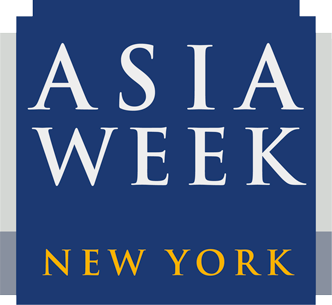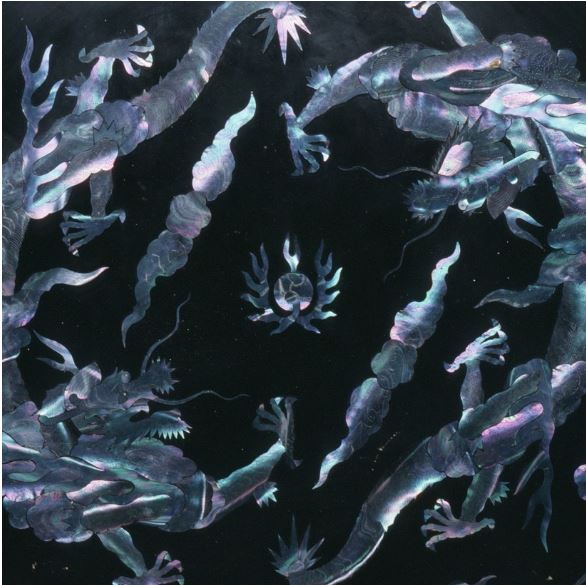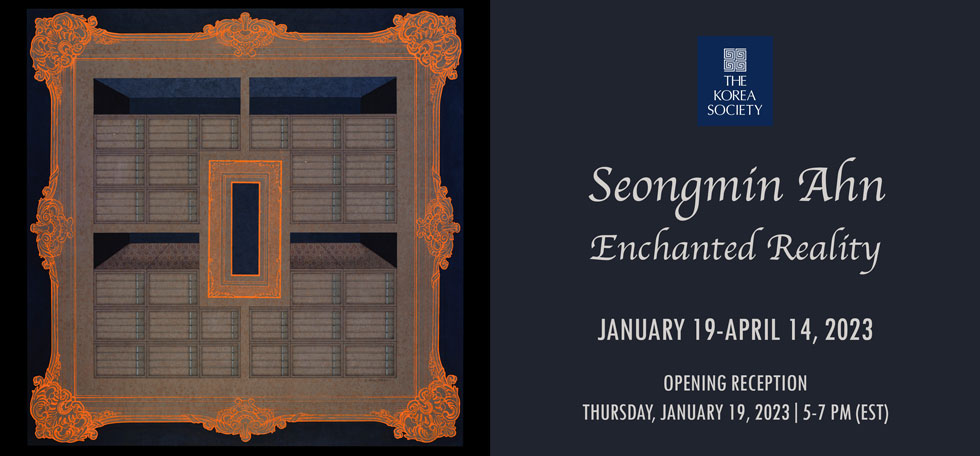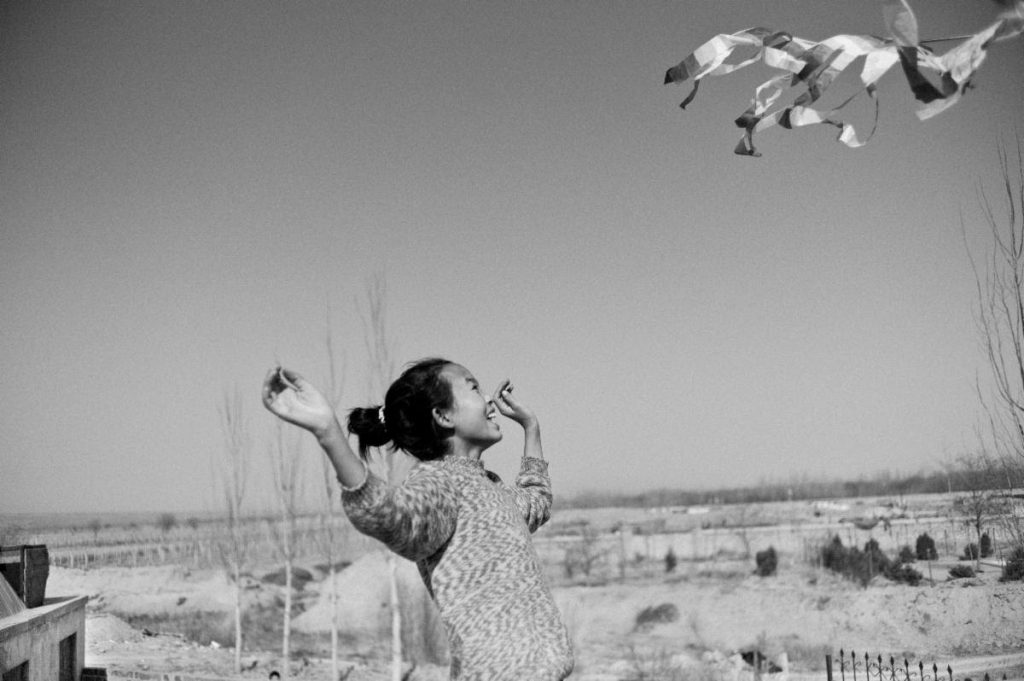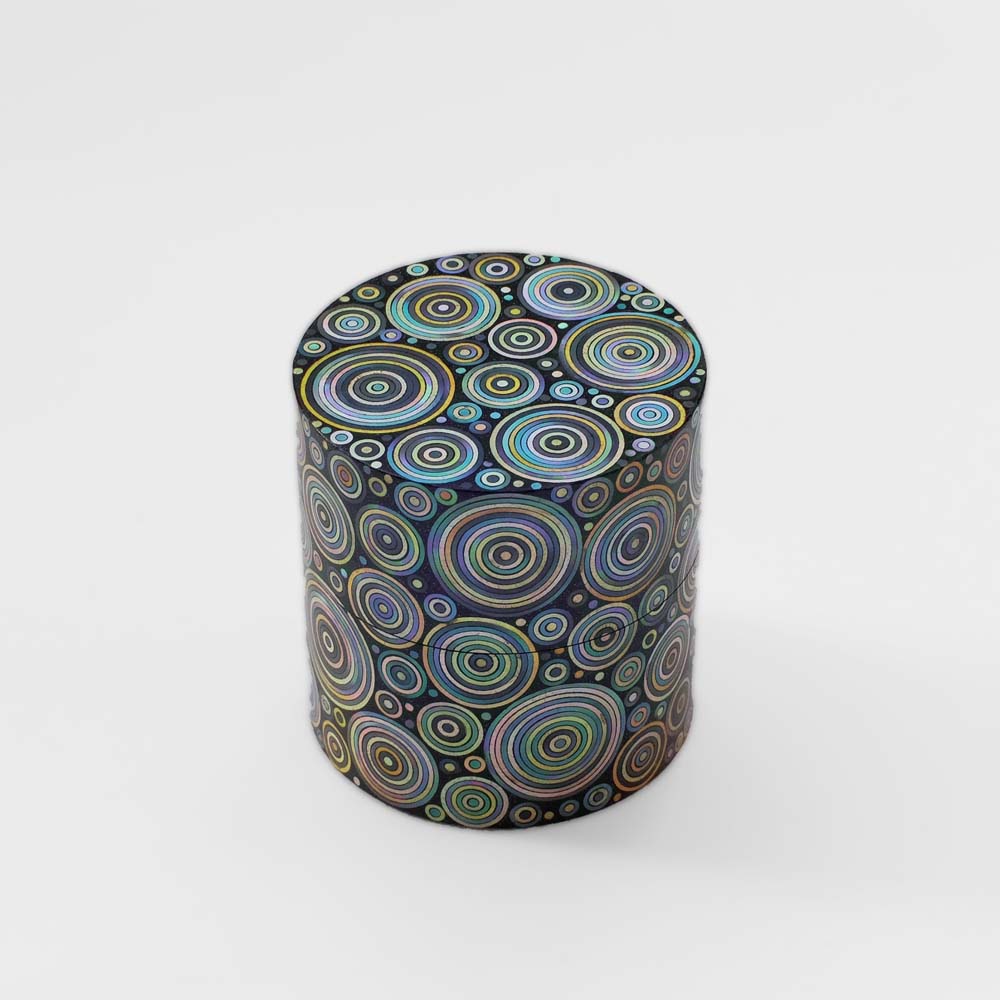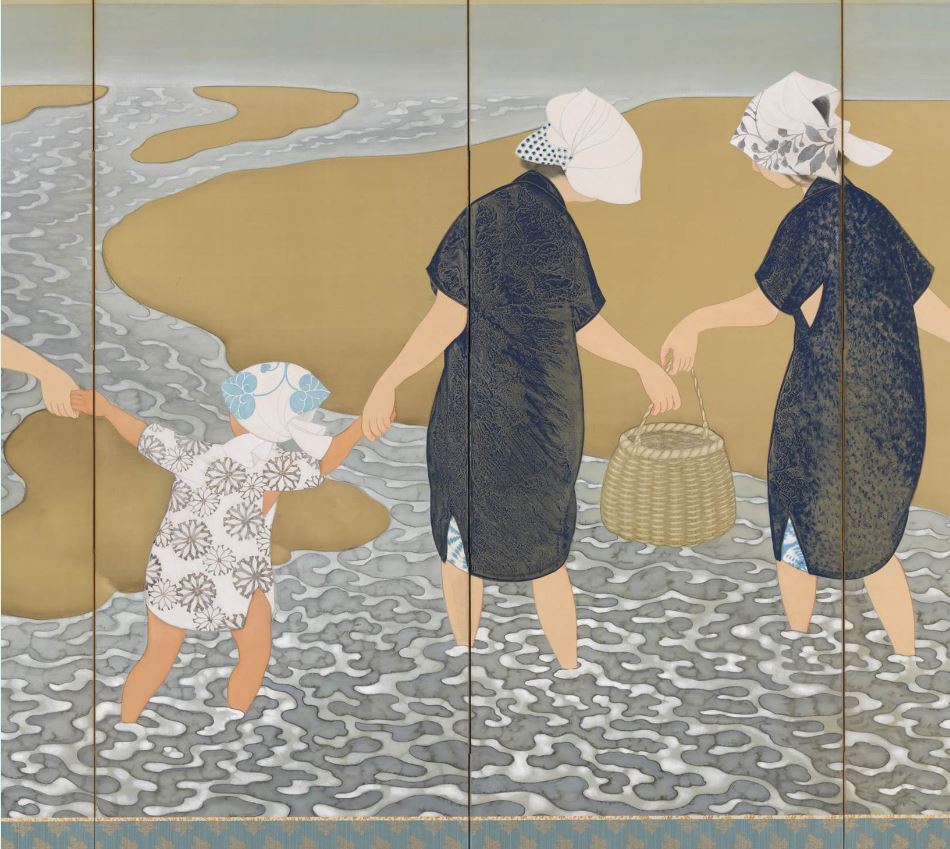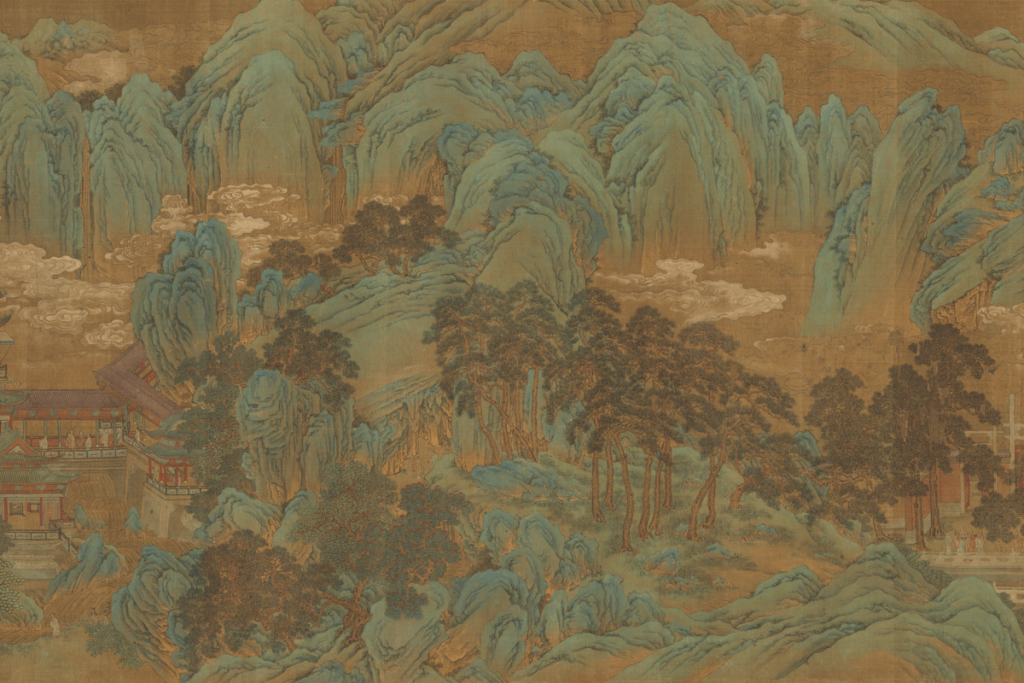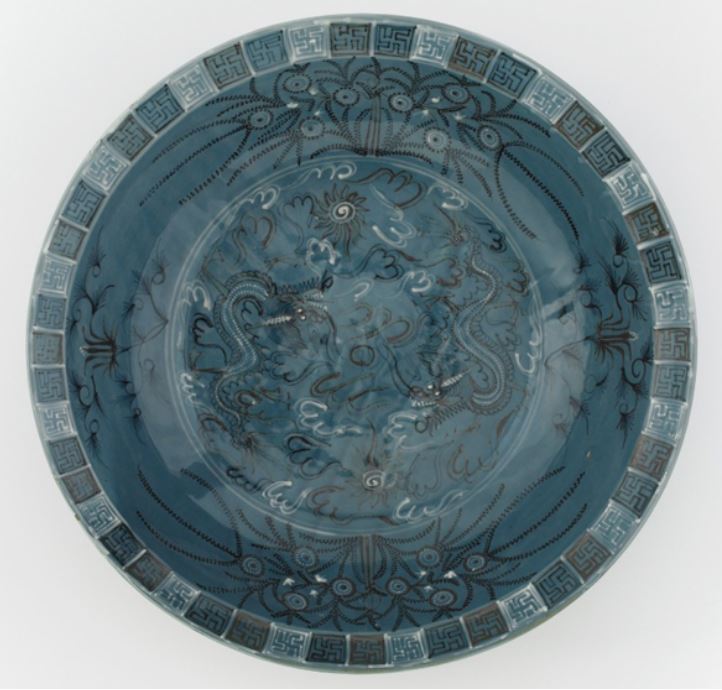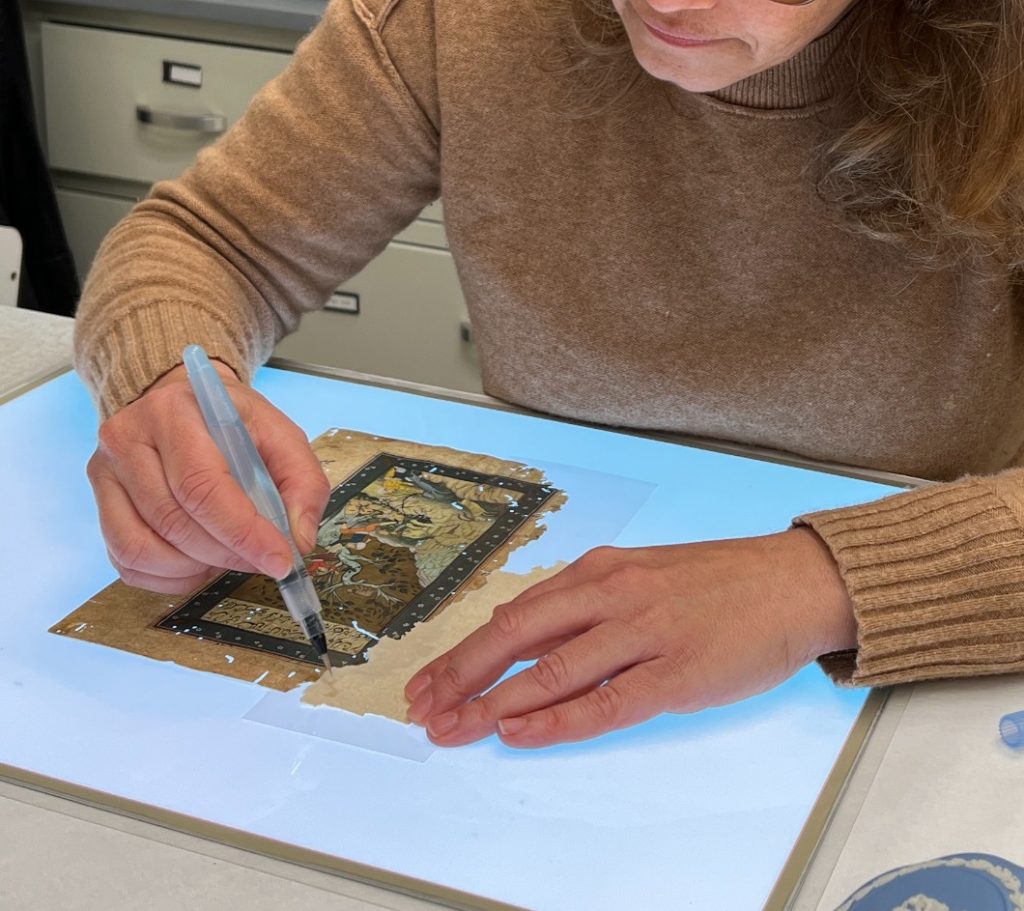
This week the National Museum of Asian Art, Smithsonian Institution offers several engaging in-person programs in the coming days.
Curator-Led Tour of A Splendid Land: Paintings from Royal Udaipur
In person event, January 17, 2023, 11am–12pm and
January 20, 2023, 11am–12pm
Meet curator Debra Diamond in the galleries for a tour of A Splendid Land: Paintings from Royal Udaipur.
Repair and Treatment on Paper
In person event, January 19, 2023, 1–2 pm
Tears and losses are among the most common damages book and paper conservators encounter. The museum’s paper conservator Rhea DeStefano will show the different kinds of papers, tools, and adhesives used in repair treatments.
Gallery Talk: Synchronicity Across Art + Time
In person event, January 20, 2023, 12:30–1:30pm
Interesting connections continue to be discovered across art, culture, and time. Join National Museum of Asian Art curator Kit Brooks and curators Renato Miracco and Susan Behrends Frank from The Phillips Collection for an in-gallery conversation about a surprising link between the painting Pigeons at Sensoji by Watanabe Seitei and the exhibition An Italian Impressionist in Paris: Giuseppe De Nittis at the Phillips Collection. Learn about Seitei’s influence on De Nittis’s art techniques and trace the overlapping timelines between the two artists that helped uncover this uncanny connection.
This event takes place at The Phillips Collection at 1600 21st Street NW in Washington, DC.
Read more and register, click here.
